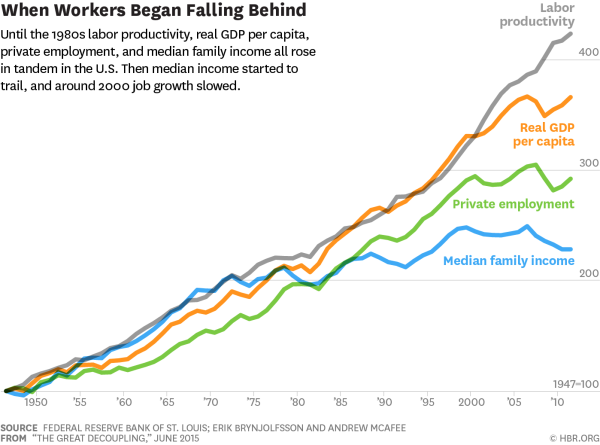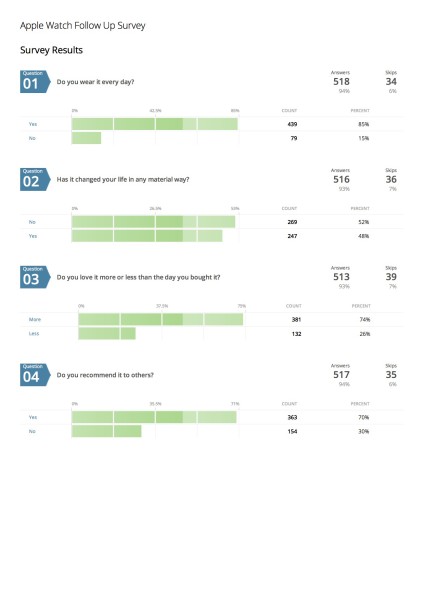Monday Morning Quarterbacking
Reading the comment thread from yesterday reminded me of something fundamental and true. It is easy to critique but hard to do.
A big part of my job is to sit on boards and when you do that, your primary role is to evaluate the performance of senior management, particularly the CEO.
As someone who has never had an operating job, and never been a CEO, it is easy to sit there and say “she didn’t do this, he should have done that, she didn’t articulate that very well” and I have found myself doing that from time to time. But I try to remind myself that running a company is a hard job and the people who do it well are few and far between.
That doesn’t mean we should be soft on the management team. I believe it is our job to be constructively critical, but also supportive and positive. Everyone can and should work on getting better at their job. When you stop doing that, it surely is time to hang up the cleats and retire. But calling for a CEO’s head is not something I do lightly. You can’t really backtrack from that position once you take it. So I try like hell not to go there unless it is absolutely required and there is no ambiguity about it in my mind.
I was talking to an entrepreneur yesterday and somehow the topic of Netflix came up. I told the entrepreneur that I had enormous respect for Reed Hastings. He said he did as well and bought Netflix when it IPO’d back in the 90s. He told me he would listen into the quarterly earnings calls for the first ten years he owned the stock. And Wall Street was so negative on Reed, his strategy, and the company’s performance. But Reed hung in there, had conviction about the business and where it was going. Twenty years later, Netflix has built one hell of a business and proved most, if not all, of the skeptics on Wall Street wrong.
When Wall Street calls for a CEO’s replacement, they might be right but they might be wrong. A good board will not be pressured by Wall Street. A good board will be attentive to the business, will hear the critiques and try to understand them, will make sure they know what the culture and dynamic is inside the company, and will understand the business model, the financial levers, and the financial performance. A good board will evaluate all of that, provide clear and unambiguous feedback to the CEO so he or she knows exactly where they stand, and will support the board and the management team privately and publicly until they decide it is time to make a change.
I will end with this. Being the CEO of a highly public company (whether it is traded privately or publicly) is particularly hard. You are constantly getting criticized and talked about in the press/blogs/communities. I respect the people who take these jobs. And I root for them to succeed. It’s about the hardest job you can have.

